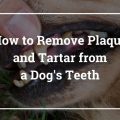If you have a cat with longer fur, sometimes they’ll need a helping hand to move oils along the strands of hair, which keeps their fur healthy and moisturized. So, why has her fur gotten matted recently? Has she something wrong with her or has she just gotten lazy? This article will guide you through the reasons why your cats fur gets matted, and ways to get rid of and prevent it from happening in the future. We’ll also share why olive oil is good to use for cat fur!
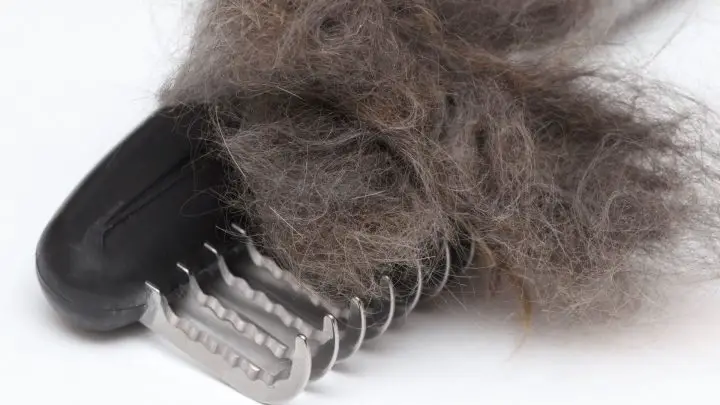
Table of Contents
- What Causes Cats Fur to Mat?
- Homemade Remedies For Un-matting Cat’s Fur
- Olive Oil to Your Aid
- Olive oil for cat mats – FAQs
What Causes Cats Fur to Mat?
One of the main causes of a matted cat’s fur is a change in its grooming habits. Naturally, cats’ tongues have micro-bristles on the surface, which cats use to comb their hair and prevent it from getting tangled.
Matted cat fur occurs when a clump of their fur has become chronically knotted into what feels like a lump, which cannot be brushed out. The earlier you catch a mat, the easier it is to brush out. But if left to get unruly over time, it is very difficult, if not impossible to brush it out.
Breeds that are the most susceptible to cat-fur matting are long-haired cat breeds, such as Persians, Ragdolls, and Maine Coons.
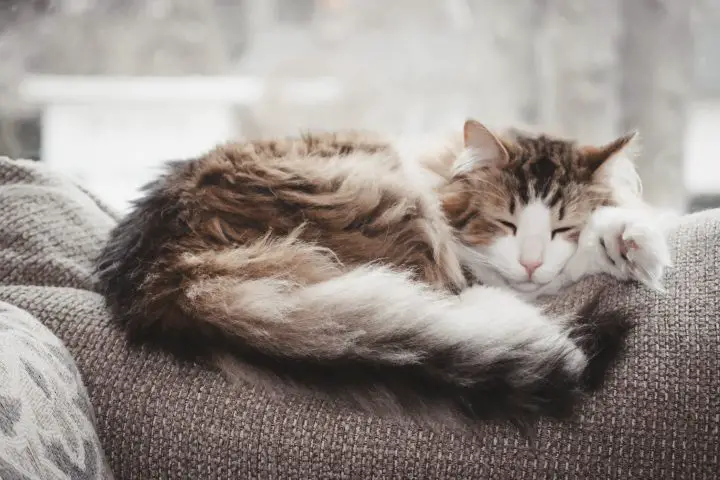
The following is a list of reasons why your cats fur may become matted:
- Lack of self-grooming
- Frequent Movement
- Shedding of the Undercoat
Lack of Self-Grooming
The most common reason for cat hair to become matted is due to a lack of self-grooming. This is most likely the reason your cat’s hair is matted if it happens all of a sudden, particularly if your cat is starting to get a bit older.
Usually, the bristles on a cat’s tongue are used to comb through their fur, removing any of the excess dirt or oils in their coat. If their behavior changes and spend less time grooming for whatever reason, they will end up with mats in their hair.
If your cat is going through a period of shedding while they’ve stopped self-grooming, they are very likely to develop mats pretty quickly. Subsequently, if you’ve noticed that your cat has reduced or stopped grooming themselves altogether, then this may be a cause for concern.
Cats are extremely clean creatures. If they have stopped cleaning themselves, there is probably some underlying condition as to why they have stopped cleaning themselves. Oil in their fur debris in their hair (such as poop on them) ca form these uncomfy mats.
Frequent Movement
Sometimes, hair from two different body parts rub together in the crevices during movement. This is why the most common areas on your cat’s body for their fur to mat are always areas that are susceptible to high friction.
- Under their collar: The fur under their collar can sometimes be forgotten until it is too late. It can mat quite easily due to the friction from their collar during movement.
- Between their hind legs: This fur is usually the most susceptible to matting, from the rubbing together of their legs while moving. If you have a longhaired cat, take care of this area. It’s very likely they will get some matting here.
This is of course quite dependent on the length of your cat’s hair. The longer it is, the more you’ll have to watch out for matting.
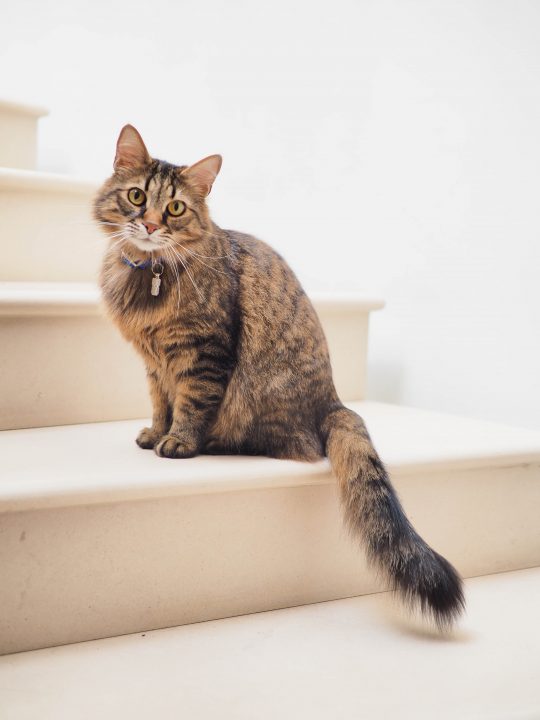
Shedding of the Undercoat
During the time of year when cats are shedding their undercoat, this is a prime time for mats to develop. This is completely natural for their coat to do this. It actually helps your pet regulate themselves to the temperature change in their environment. Therefore, cats usually start to shed their fur as it comes into summertime. Cats fur will be thickest when it is wintertime, to cope with colder temperatures.
A long-haired cat will shed much more hair compared to short-haired cats, which is another reason why long-haired cats are much more susceptible to getting hair mats than short-haired cats are.
Cats who predominantly like indoors will usually shed a little hair, all year round as opposed to all in one go. Therefore indoor cats may be less prone to getting mats in their fur. Your cat will shed in small amounts, rather than if they were to shed all at once.
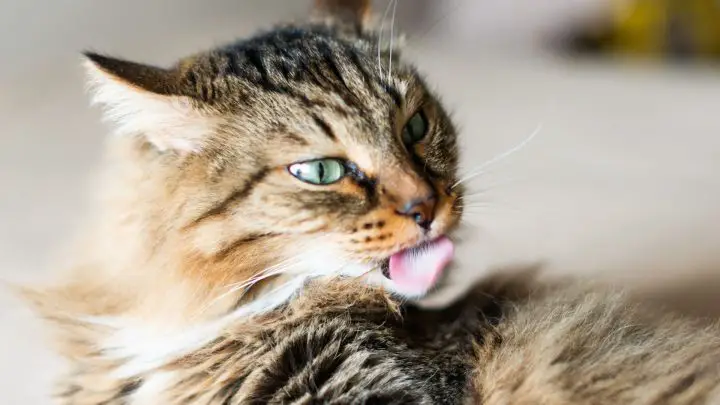
Homemade Remedies For Un-matting Cat’s Fur
Olive oil is a great product to use on your cat’s matted fur to help remove mats and tangles in their fur. Not only is it easy to use, but it is also cheap, accessible, and provides excellent results.
By adding a teaspoon of olive oil to your cat’s matted fur, you can just let it there to work its magic. You can just leave it in their fur for up to three days and the mat should fall out of its own accord. If it doesn’t fall out after three days, you can just repeat the process.
You may need to tease through the mat to relieve the bulk of the knotting. But the olive oil will have loosened up the hair, making it easier to comb through.
For more on what’s safe for your cat to ingest, check these posts out:
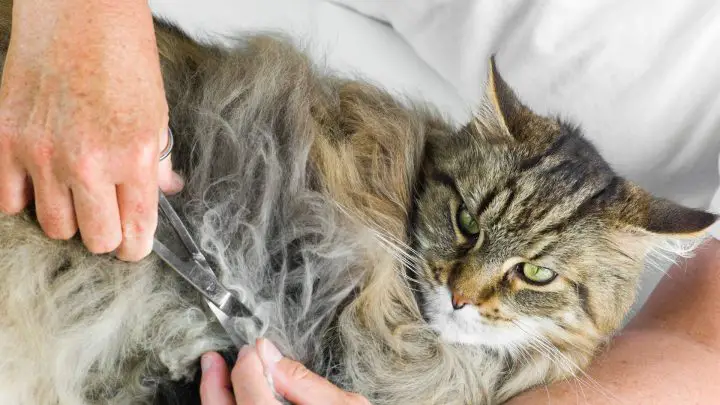
Olive Oil to Your Aid
Hopefully, this remedy will help to remove your cat’s hair mats without having to cut out their beautiful coat. It can be stressful for cat owners to see their cat’s appearance change like this. If they have suddenly stopped grooming themselves, keep an eye out for any other changes in their behavior which may be a sign they have underlying health conditions.
Let me know in the comments if you have tried this technique and what you think!
Olive oil for cat mats – FAQs
Olive oil is a fantastic natural remedy for using on a cat’s matted fur. Put a teaspoon of olive oil onto the matting, and just let it soak in for up to three days. This will help to detangle the mat and avoid the need to cut the mat out of their fur.
Olive oil will moisturize the dried-out hair, and similarly to the way conditioner works in human hair, it will help to detangle the knots within the mat to relieve the bulk of the mat. It may need to be teased through to help remove the mat completely.
Yes, olive oil is not toxic to cats. But avoid giving your cat too much, because olive oil is still fat, and excess fat is not good for your pet.





